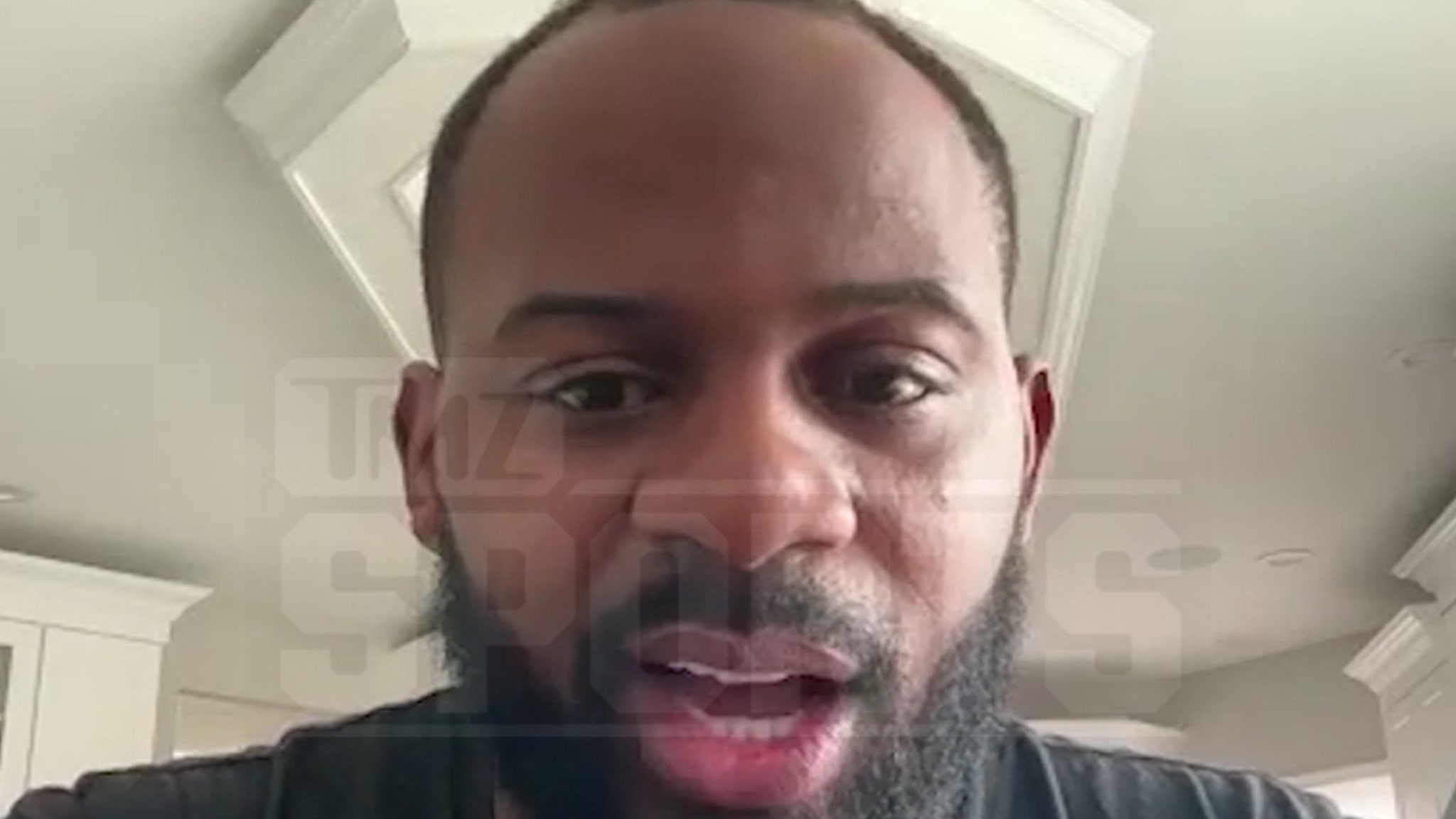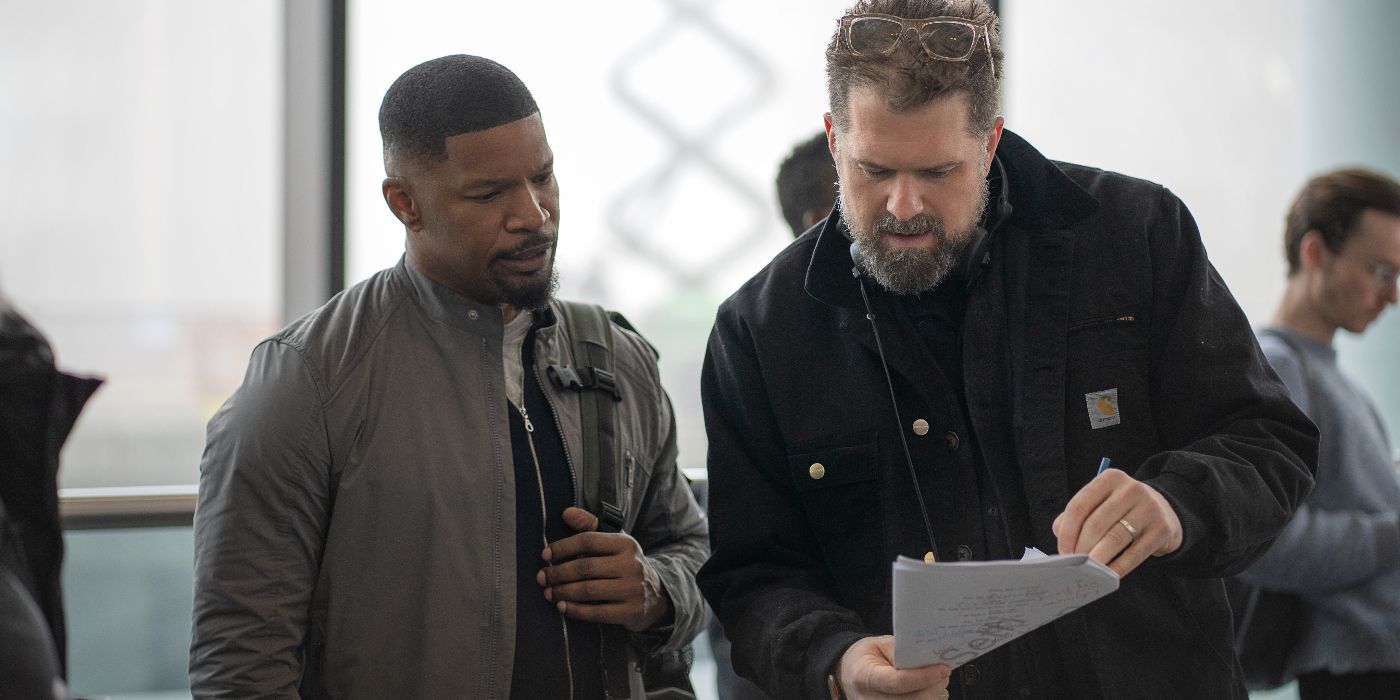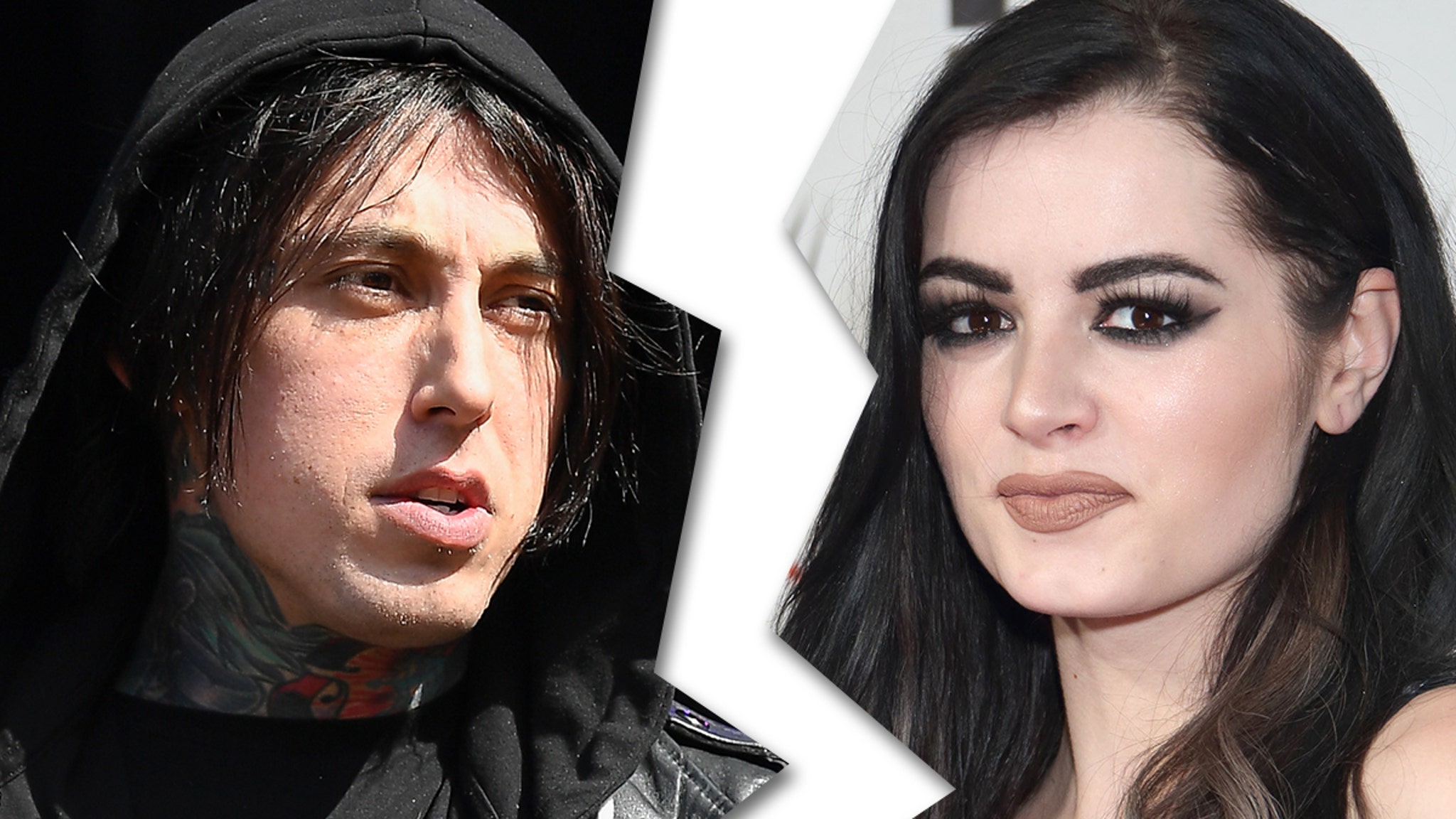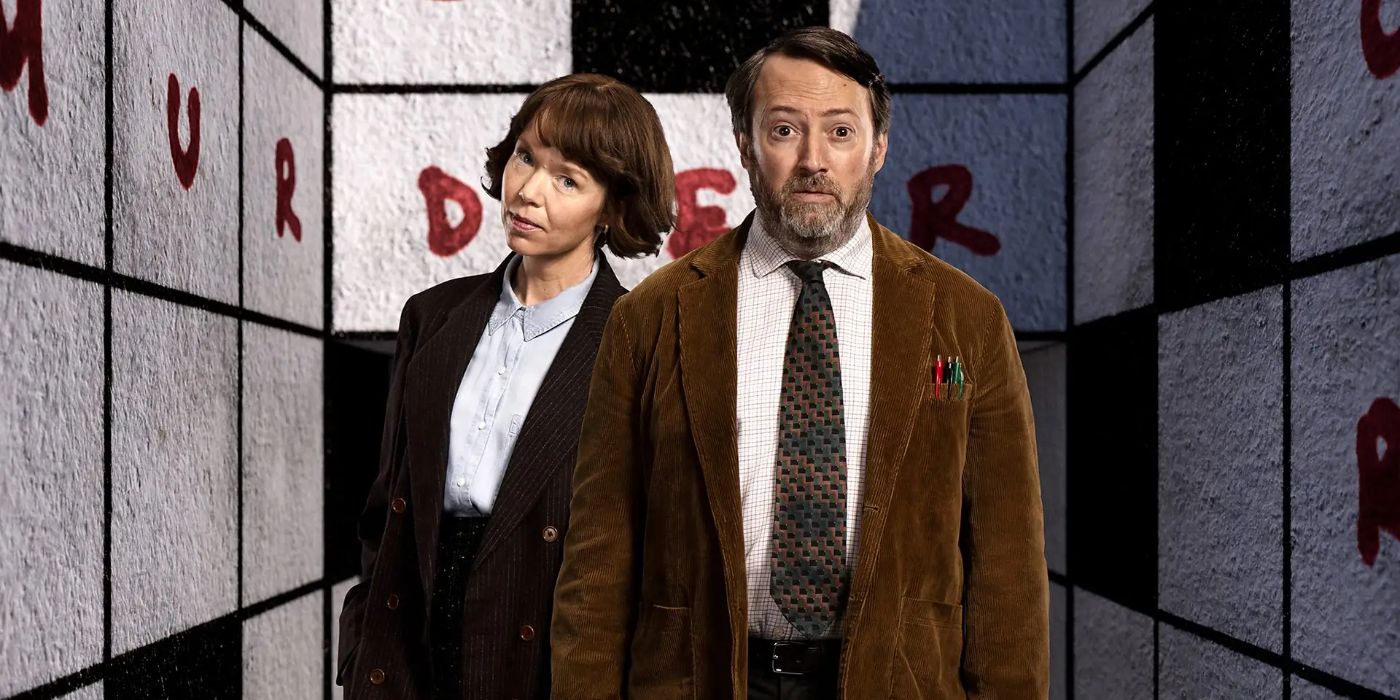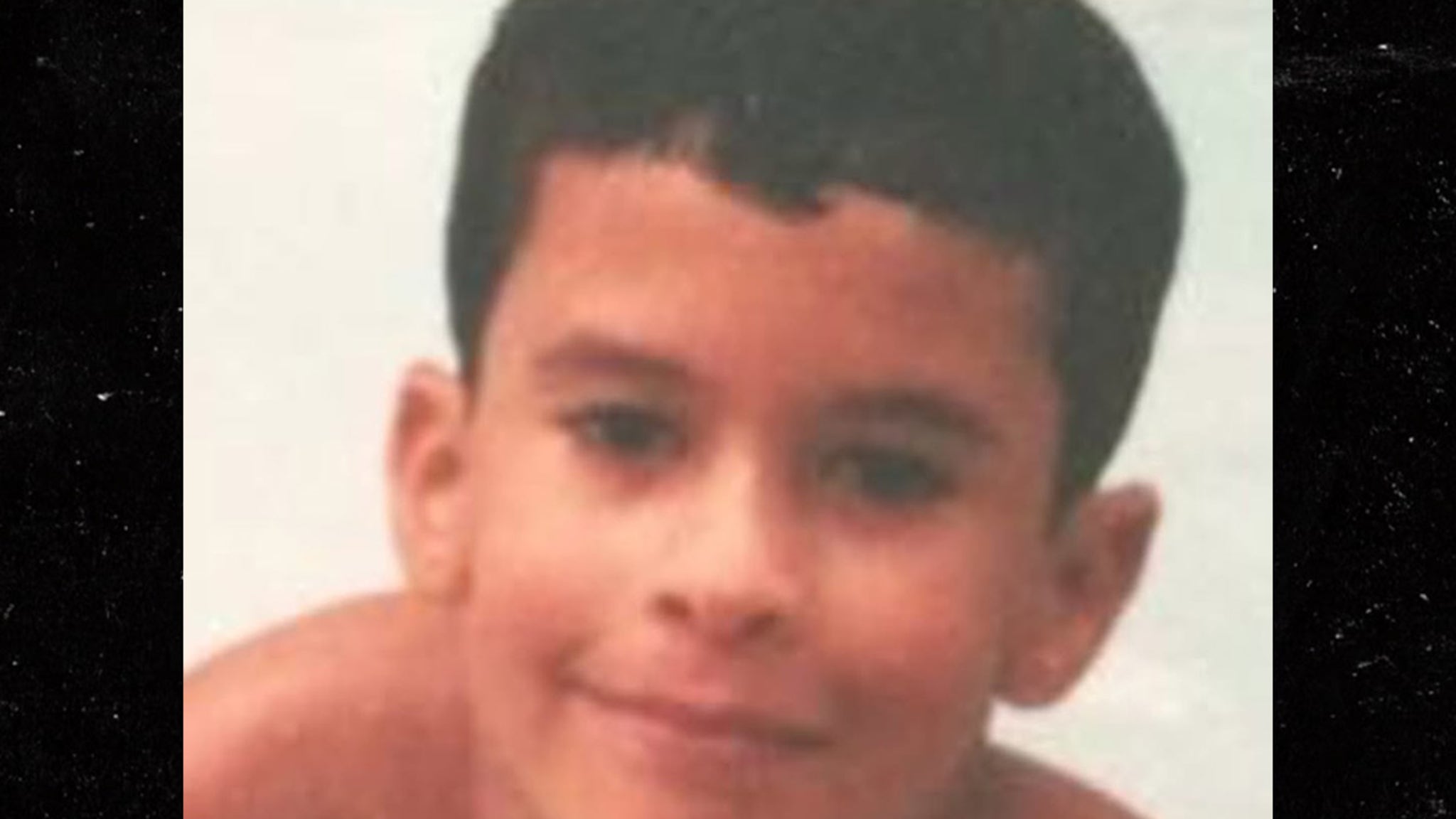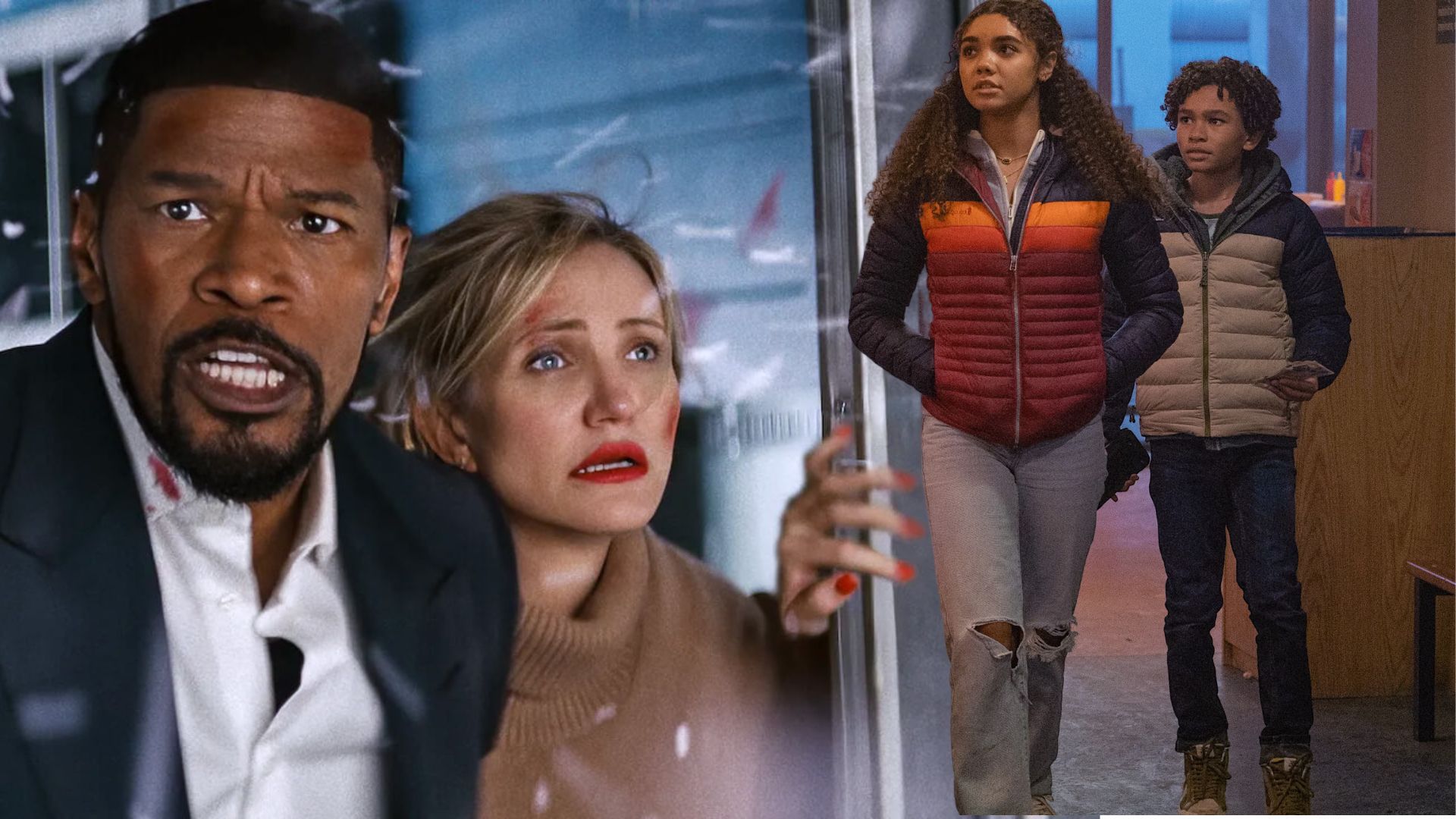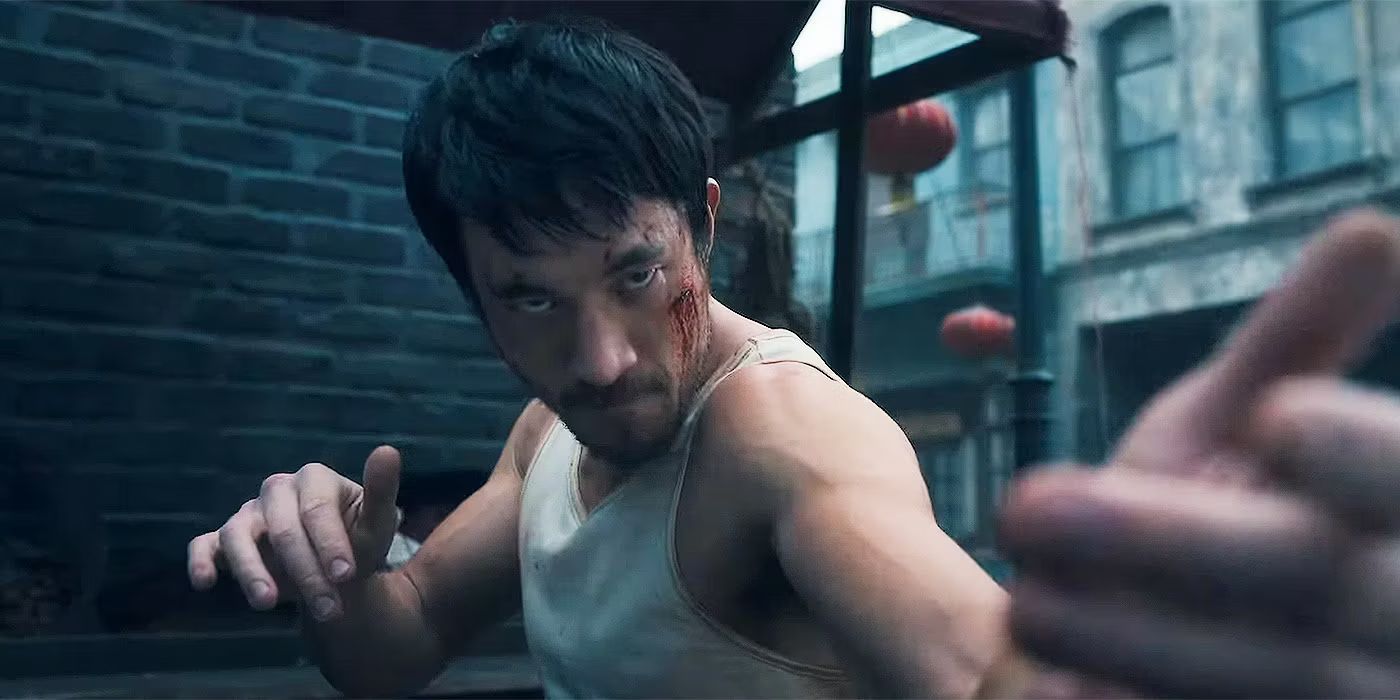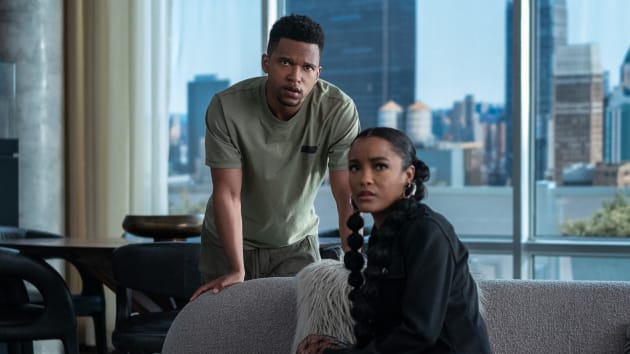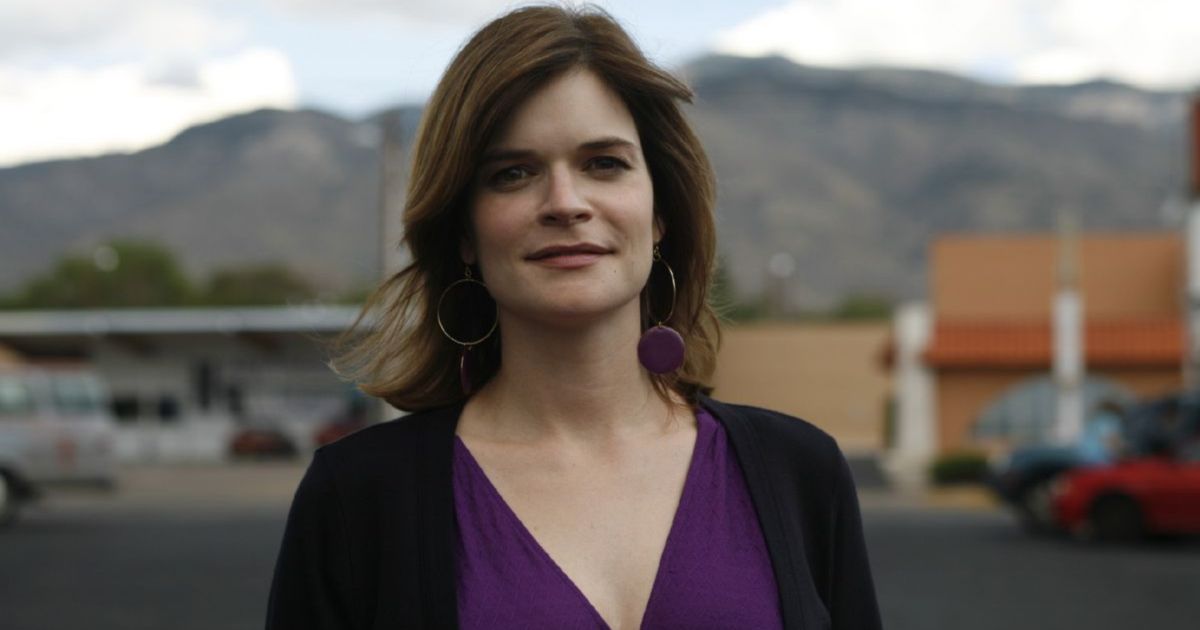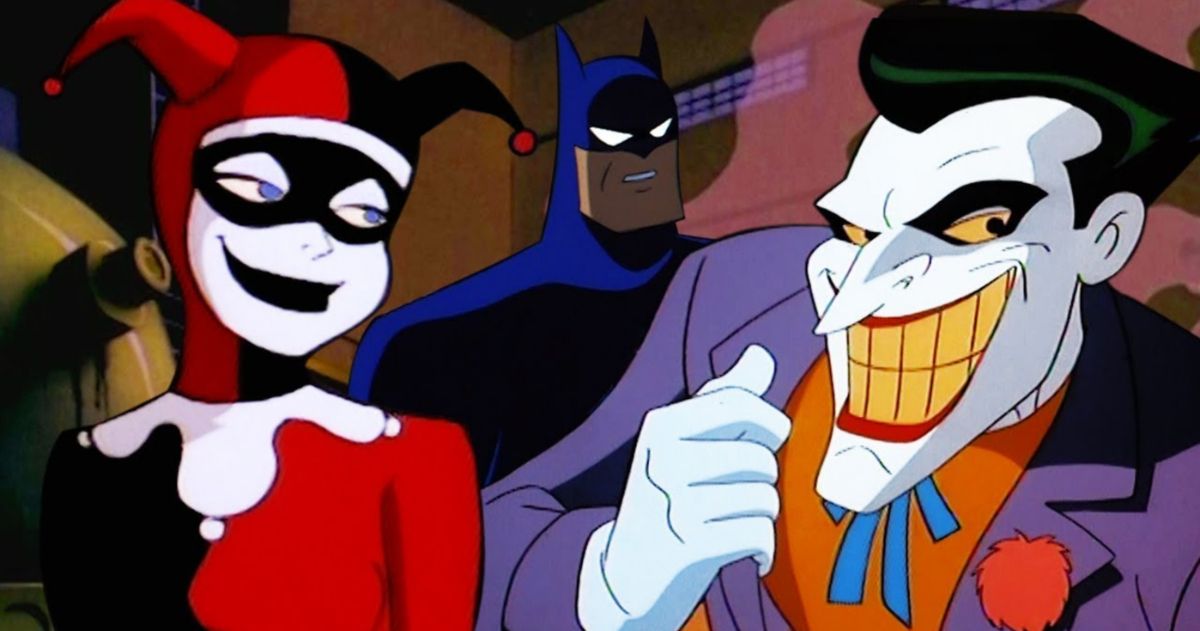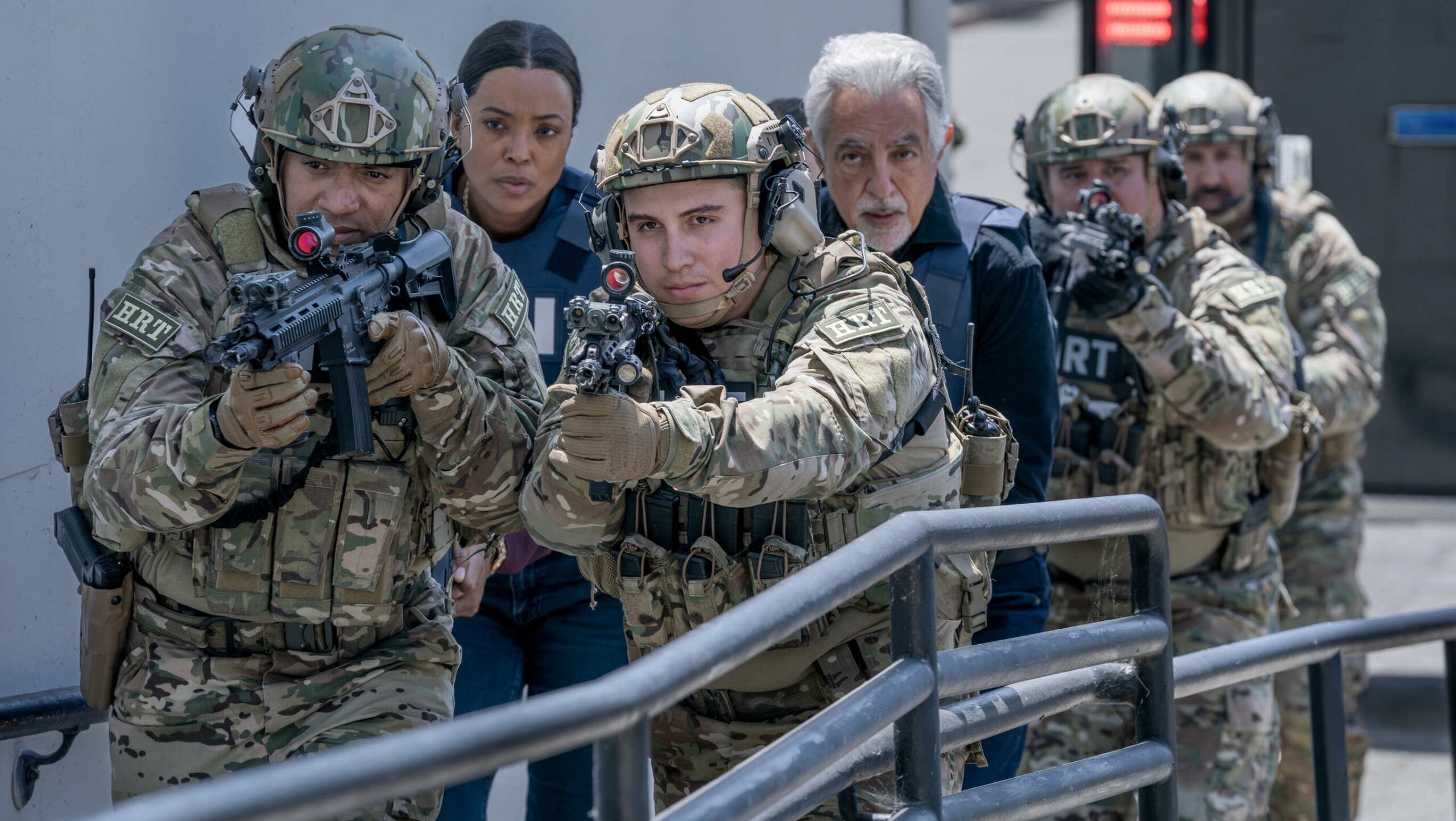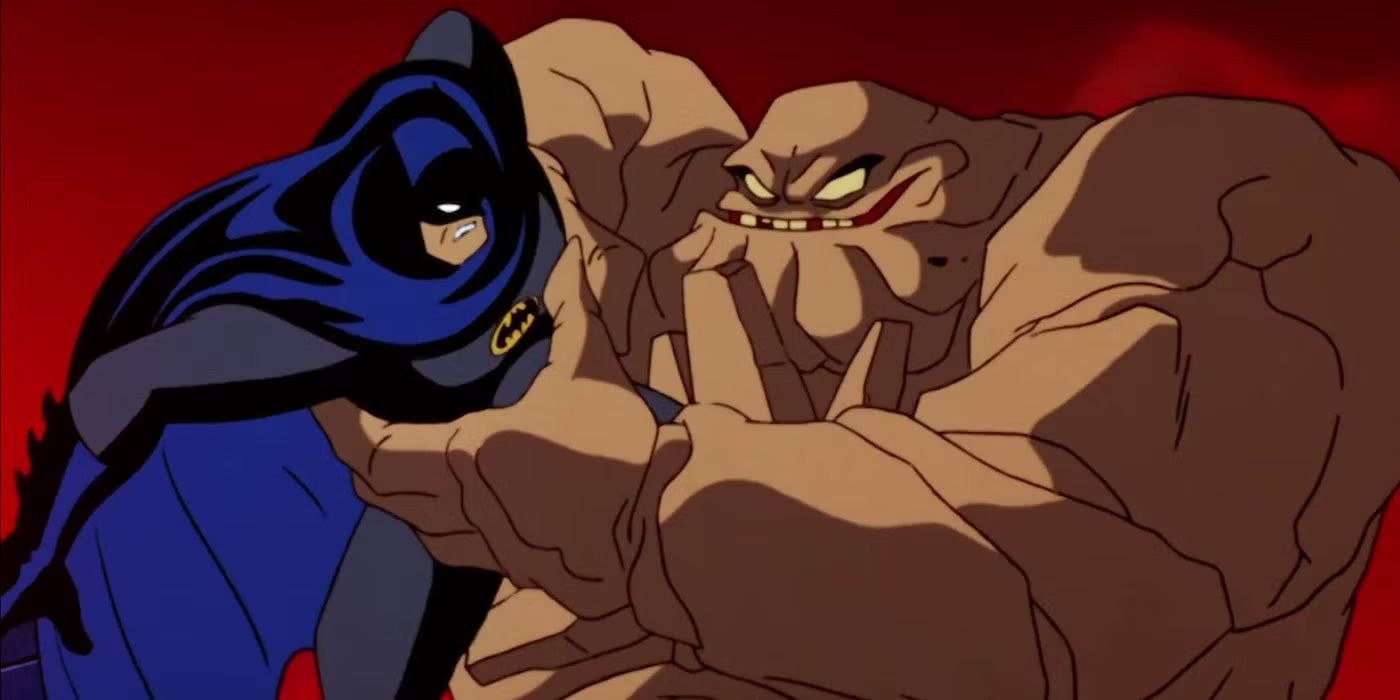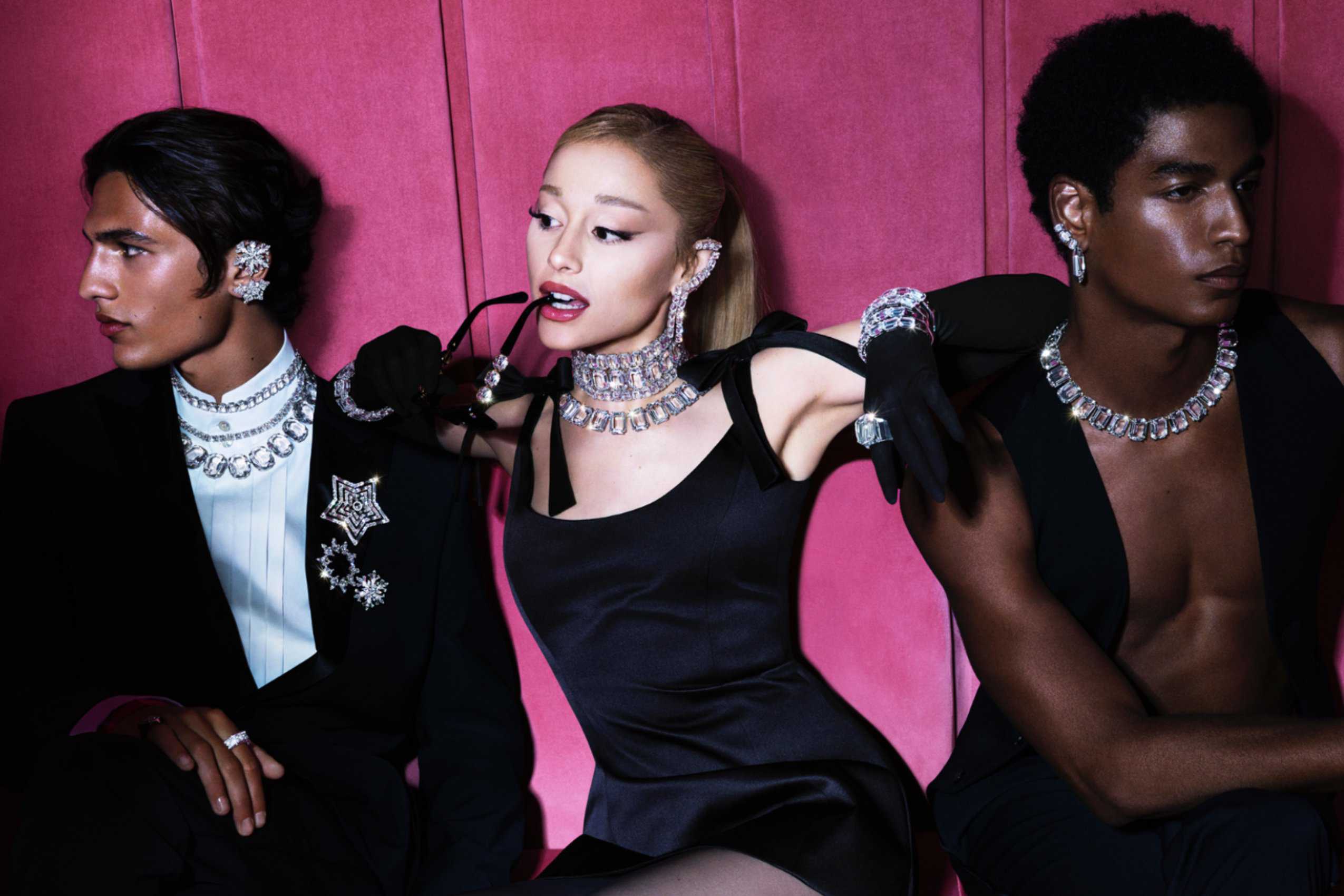Summary
- Warrior’s unique Asian-led cast carved a niche in the TV drama landscape, and its acquisition by Netflix opens doors to new viewers.
- The series resuscitated after facing cancellation, proving the strength of its fan base and making a comeback for a third season.
- Warrior’s transition to Netflix signifies a shift in its potential reach and influence, setting a precedent for how beloved series are preserved and appreciated in the digital age.
The Warrior series has concluded its run on Max after an impactful three-season stint. Known for its unique Asian-led cast, Warrior carved a niche in the competitive landscape of TV dramas. Despite this setback, the show is set for a resurgence as Netflix steps in to acquire its repeats, opening doors to potentially new demographics of viewers. Alongside Netflix’s acquisition, fans can still revisit the series on Max, ensuring its legacy continues, as per Deadline.
Launched in 2019 on Cinemax, Warrior initially faced the threat of an untimely end but was resuscitated thanks to a dedicated campaign by its fans. The series made its comeback for a third season in June after a hiatus, proving the strength of its viewer base. Warrior boasts an impressive ensemble including Andrew Koji, Olivia Cheng, Jason Tobin, Dianne Doan, and others, who collectively brought the show’s intricate narrative to life.
The series stands as a testament to the creative vision of Shannon Lee, serving as an executive producer and drawing from a concept by her father, the legendary Bruce Lee. Set in the tumultuous backdrop of 19th-century San Francisco, Warrior follows Ah Sahm (portrayed by Andrew Koji), a martial arts prodigy. Ah Sahm’s story is one of internal conflict, torn between his loyalty to his tong and his sister Mai Ling. The narrative intricately weaves his personal struggles with the broader historical context of Chinese immigrant persecution in the United States.
Season 3 saw a robust team behind the scenes, including showrunner/executive producers Evan Endicott and Josh Stoddard, creator Jonathan Tropper, and contributions from Perfect Storm Entertainment and Bruce Lee Entertainment. This collective effort resulted in a series that not only delivered high-octane action but also resonated with its storytelling, making Warrior a series that transcended mere entertainment.
RELATED: Warrior: Best Fights in the HBO Series, Ranked
From Max to Netflix: Warrior’s Journey to Global Reach and Timeless Appeal
HBO and Max’s Casey Bloys, in 2021, praised Warrior for its ability to transport viewers into a vividly realized historical setting, coupled with dynamic action sequences and a narrative that remains as relevant today as ever. The series’ brilliance, spearheaded by Andrew Koji’s standout performance, has left an undeniable mark on the television landscape.
The transition of Warrior from Max to Netflix is not just a change of platform but signifies a shift in the series’ potential reach and influence. Netflix, known for its global audience, offers Warrior an opportunity to captivate a broader audience, possibly garnering a new wave of appreciation and viewership. This move could also set a precedent for how beloved series are preserved and appreciated in the ever-evolving domain of television.
As Warrior finds a new home on Netflix, its journey highlights the evolving nature of TV series’ lifecycles in the digital age. The show’s resilience, fueled by its strong fan base and compelling storytelling, demonstrates the enduring appeal of well-crafted narratives. While its run on Max may have reached its conclusion, “Warrior” is poised to continue impacting audiences worldwide, proving that quality storytelling knows no bounds.
You can view the original article HERE.

